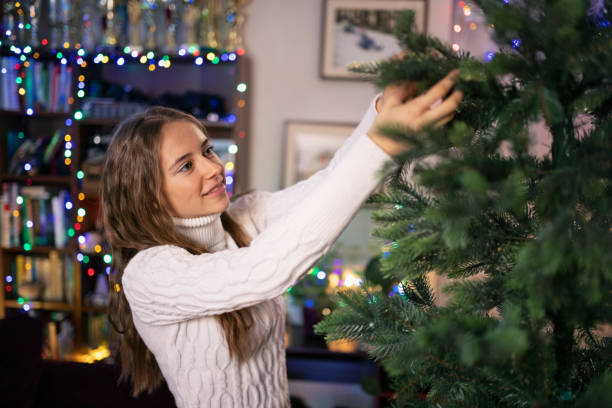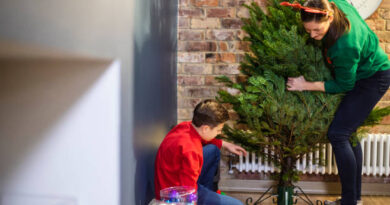Top Reasons To Choose An Artificial Christmas Tree
A lot of people think that Christmas is best celebrated with a real Christmas tree that is either hand-cut or hand-picked and brought home to decorate every December. The debate over whether real or artificial trees are the best choice has gone on for years, and many believe that only a real tree can provide a feeling of authenticity.
However, artificial trees have just as many, if not more, benefits that might make you choose them instead.
Artificial Trees Are Cost-Friendly
Perhaps a major reason for some people to choose an artificial Christmas tree over a real one is the cost. While the upfront cost of an artificial tree may seem like two or more times as much as a real one, you should remember that an artificial tree will be used many more times than a real one, therefore lowering the cost-per-use to far less than a real tree’s cost-per-use.
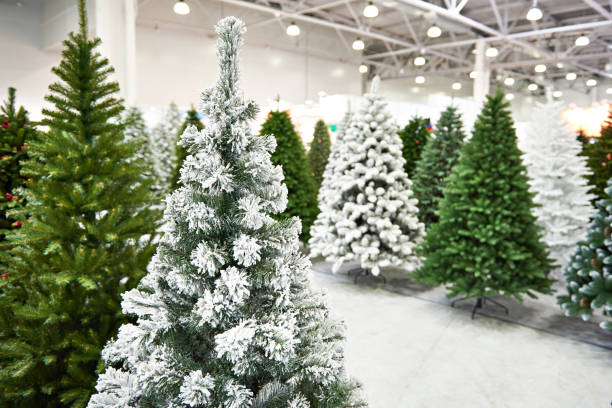
Think of it like this: if a real tree costs $80, but it is only used one time, it will be more cost-effective to invest in a $160 artificial tree that will be used four times or more, making its cost-per-use just $40 or less.
Artificial trees come in a range of sizes and prices for every budget too. On the other hand, some companies that sell real trees may price all of their trees the same regardless of size, shape, or condition.
Artificial Trees Are Fire-Safe
Most artificial trees today are made with fire-resistant materials or finishes, including metal bases and structures, greatly lowering their chances of catching on fire while in your home. Pre-lit trees may also use lights that are much less likely to start a fire than older light strands might.
On the other hand, real trees pose a real fire risk, especially when placed inside the home. Placing older light strands that heat easily onto a live tree is risky, and placing a live tree near any open flames or heat sources, including a fireplace or space heater, is even riskier. While artificial trees may not be completely resistant to fire hazards, they are much less likely to start a fire than real ones.
Artificial Trees Can Last For Years
Artificial trees can retain their shape and form for years. They technically can be passed on from one generation to the next, just like any other Christmas ornaments or decor. Realistically, it should be possible to use an artificial tree for at least 20 years.
Artificial Trees Have Easy Setup
Anyone who has ever set up a live tree knows that they can be difficult to work with. A real tree must be placed in a stand in just one go, and it can be hard to straighten it even after it is in the stand. However, artificial trees are designed to be convenient in terms of setting up as most come in multiple parts that are pieced together.
Some of these Christmas trees can also come pre-lit, which saves time when you don’t want to wrap strands of lights around them yourself. Another benefit you get from opting for artificial trees instead of live ones is the elimination of the need for a water base since artificial ones obviously do not need water to be maintained.
Artificial Trees Last Longer
If you are someone who enjoys having a Christmas tree in your home for the entire month of December or for even longer, you will love having an artificial tree that will last as long as you need it to. While some real trees can be kept for about four to five weeks indoors, they tend to lose their color quickly if you do not keep water in their bases.
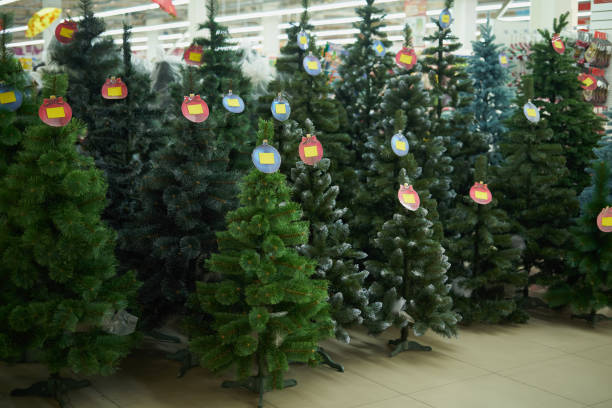
Some live trees may also not last for very long even if you maintain them with water just because they were cut too prematurely. With an artificial tree, you can start decorating the tree as early as Thanksgiving without worrying that it won’t last until Christmas Day.
Artificial Trees Can Be Cleaned Easily
Just as artificial trees are easy to set up, they are easy to clean up and take down. Since they come in removable parts, you can take each piece down one at a time and place them in storage. This means more time for going for that family outing, watching the NFL game, doing the monthly grocery shopping, or anything else that you plan to tackle after Christmas.
With a live tree, you may have trouble getting the tree out of its stand or out the door in one piece. Live trees also need to be disposed of properly, which can be hard to do if you live in an area that doesn’t have many tree disposal options.
Another reason many people switch from live trees to artificial ones is the fact that artificial trees do not shed. With a real tree, you may find yourself vacuuming the floor daily just to clean up the needles of the tree. Since artificial trees use plastic needles, they do not have this same problem.
Artificial Trees Have Resale Value
Even though artificial trees are made to last for many years, you may find that you want to upgrade to a larger tree or downgrade to a smaller one after some time.
However, artificial trees can be resold, whether it be in a yard sale or online, for some value when you no longer want to keep them. This is very much unlike real trees, which have no value at the end of the winter season and cannot typically be resold or reused.
Artificial Trees Are Available in Many Options
When you try to pick out a live Christmas tree, you may struggle to find the exact size and shape of the tree that you want since every live tree will grow unpredictably. However, artificial trees come in multiple options so that you can find the right height of tree for your space.
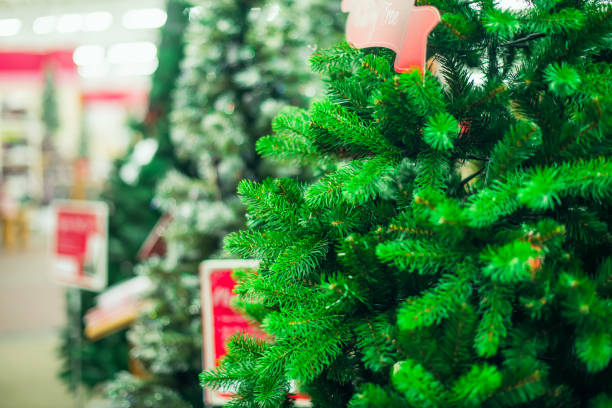
You can also get an artificial tree with multiple branch styles, and you can even get a tree that combines styles, like spruce, pine, and fir, all in one, which creates a fuller tree than some live ones.
Another option you will have with artificial trees is the choice of pre-lit or non-lit, and even pre-lit trees may have different lighting options available for one tree.
Summary
While there may always be a debate on whether real or artificial trees are better, artificial trees have countless benefits, including fire safety, easy setup, and even resale value. This holiday season, consider investing in an artificial tree that will last for years to come.
- Facebook0
- Twitter0
- Pinterest2
- LinkedIn0
- 2 shares


